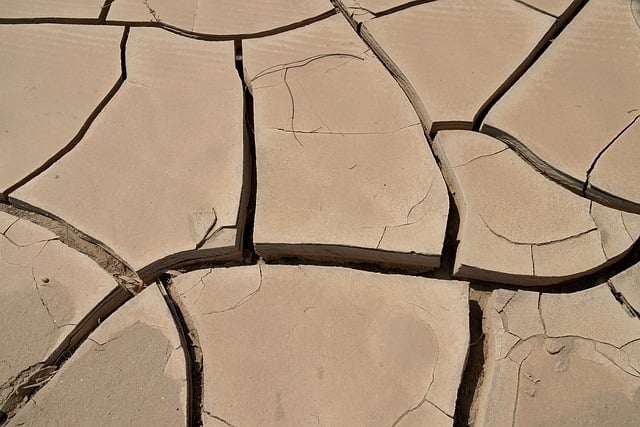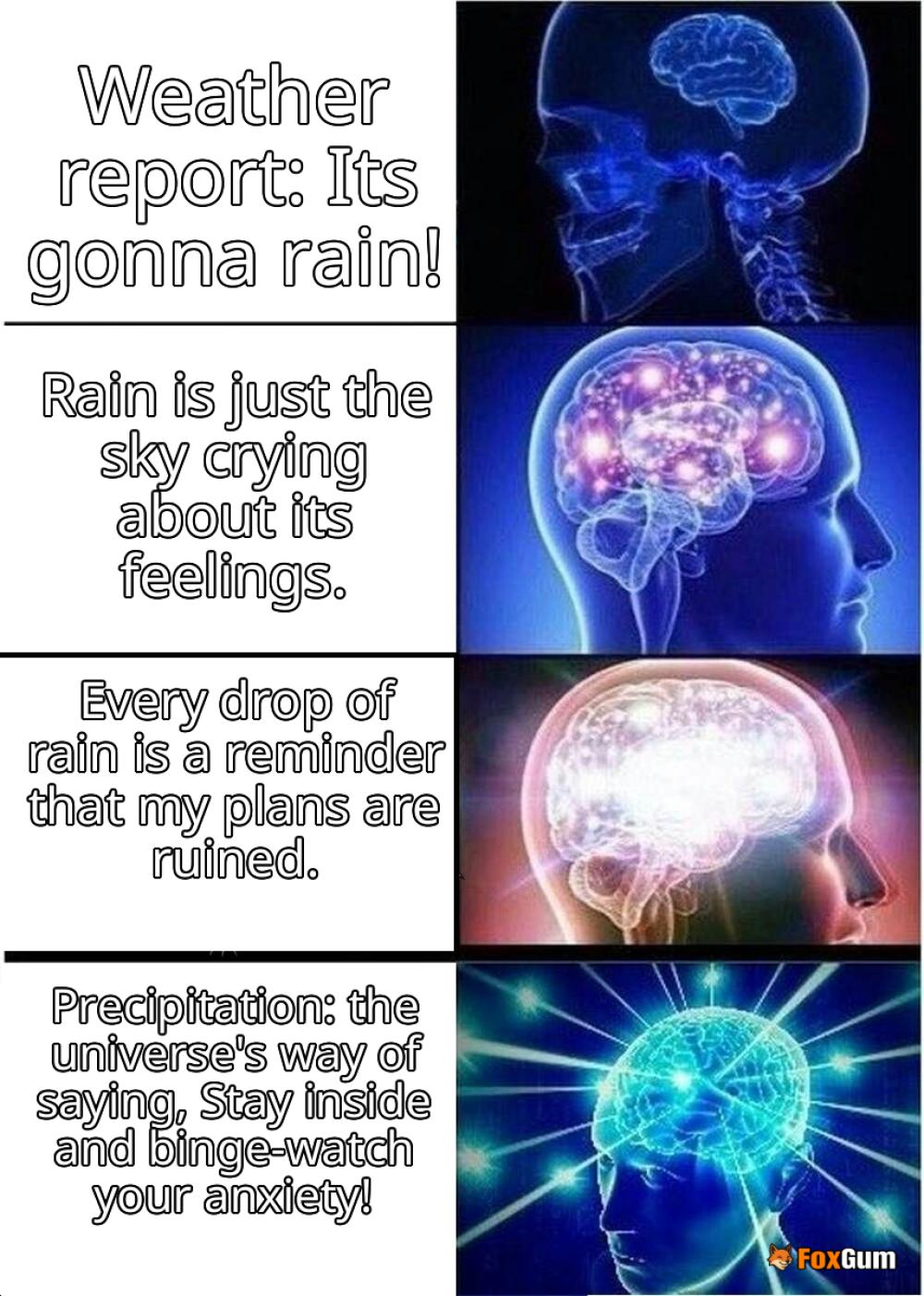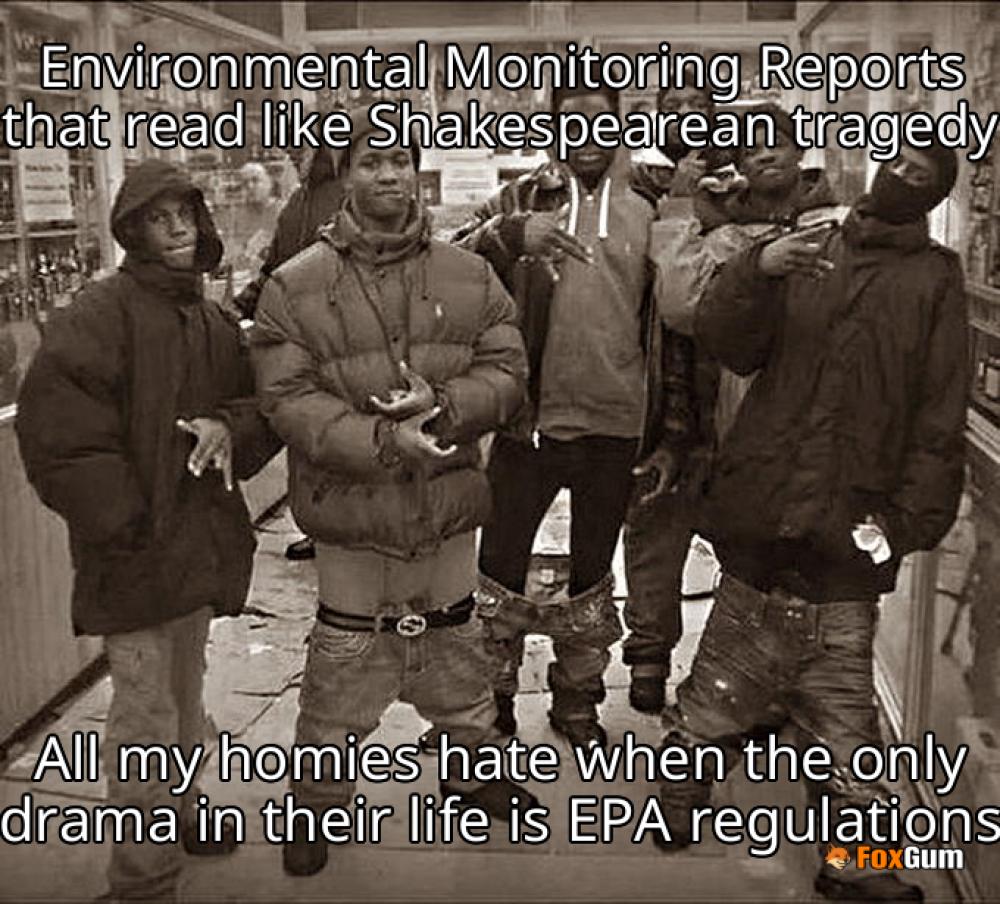
Climate Change
Understanding Climate Change
Climate change refers to significant alterations in global temperatures and weather patterns over time. While climate change is a natural phenomenon, recent human activities have accelerated its pace, leading to severe consequences for the planet. This article explores the causes, effects, and potential solutions to climate change.
Causes of Climate Change
The primary driver of recent climate change is the increase in greenhouse gases (GHGs) in the atmosphere, particularly carbon dioxide (CO2), methane (CH4), and nitrous oxide (N2O). These gases trap heat from the sun, creating a "greenhouse effect." Major sources of GHG emissions include:
- Fossil Fuels: The burning of coal, oil, and natural gas for energy is the largest source of global GHG emissions.
- Deforestation: Trees absorb CO2, and when they are cut down for agriculture or urban development, this carbon is released back into the atmosphere.
- Agriculture: Agricultural practices, including livestock production and rice cultivation, contribute significantly to methane emissions.
- Industrial Processes: Manufacturing and chemical processes release various GHGs, further exacerbating the issue.
Effects of Climate Change
The impacts of climate change are extensive and multifaceted. Some of the most pressing effects include:
- Extreme Weather: Increased frequency and intensity of storms, droughts, and heatwaves are becoming more common.
- Rising Sea Levels: Melting polar ice caps and glaciers contribute to rising sea levels, threatening coastal communities.
- Food Security: Changes in climate patterns affect agricultural productivity, leading to food shortages and increased prices.
- Health Risks: Climate change can exacerbate health issues, including respiratory problems and heat-related illnesses.
- Biodiversity Loss: Many species are unable to adapt quickly enough to changing climates, leading to extinction.
Vulnerable Populations
Some communities are more susceptible to the impacts of climate change. Small island nations, for example, face the threat of rising sea levels, which could render them uninhabitable. Similarly, developing countries often lack the resources to adapt to climate-related challenges, making their populations particularly vulnerable to food insecurity and health risks.
Solutions to Climate Change
Addressing climate change requires a multifaceted approach that combines mitigation and adaptation strategies. Some effective solutions include:
- Renewable Energy: Transitioning to solar, wind, and other renewable energy sources can significantly reduce GHG emissions.
- Energy Efficiency: Improving energy efficiency in buildings, transportation, and industries can lower energy consumption and emissions.
- Sustainable Agriculture: Implementing practices that reduce emissions from farming can help secure food supplies while protecting the environment.
- Reforestation: Planting trees and restoring forests can help absorb CO2 from the atmosphere.
- Policy and Legislation: Governments play a crucial role in implementing regulations and incentives that promote sustainability.
Global Frameworks and Agreements
International cooperation is essential in the fight against climate change. Frameworks such as the Paris Agreement aim to unite countries in reducing global warming and its impacts. The Sustainable Development Goals (SDGs) also emphasize the importance of environmental sustainability and climate action.
Conclusion
Climate change is one of the most significant challenges facing humanity today. Its effects are already being felt across the globe, and the need for action has never been more urgent. By understanding the causes and consequences of climate change, and by implementing effective solutions, it is possible to mitigate its impact and work towards a more sustainable future.

















 The Environmental Monitoring Lab in Wallingford, CT!
The Environmental Monitoring Lab in Wallingford, CT! 
 Health
Health  Fitness
Fitness  Lifestyle
Lifestyle  Tech
Tech  Travel
Travel  Food
Food  Education
Education  Parenting
Parenting  Career & Work
Career & Work  Hobbies
Hobbies  Wellness
Wellness  Beauty
Beauty  Cars
Cars  Art
Art  Science
Science  Culture
Culture  Books
Books  Music
Music  Movies
Movies  Gaming
Gaming  Sports
Sports  Nature
Nature  Home & Garden
Home & Garden  Business & Finance
Business & Finance  Relationships
Relationships  Pets
Pets  Shopping
Shopping  Mindset & Inspiration
Mindset & Inspiration  Environment
Environment  Gadgets
Gadgets  Politics
Politics 